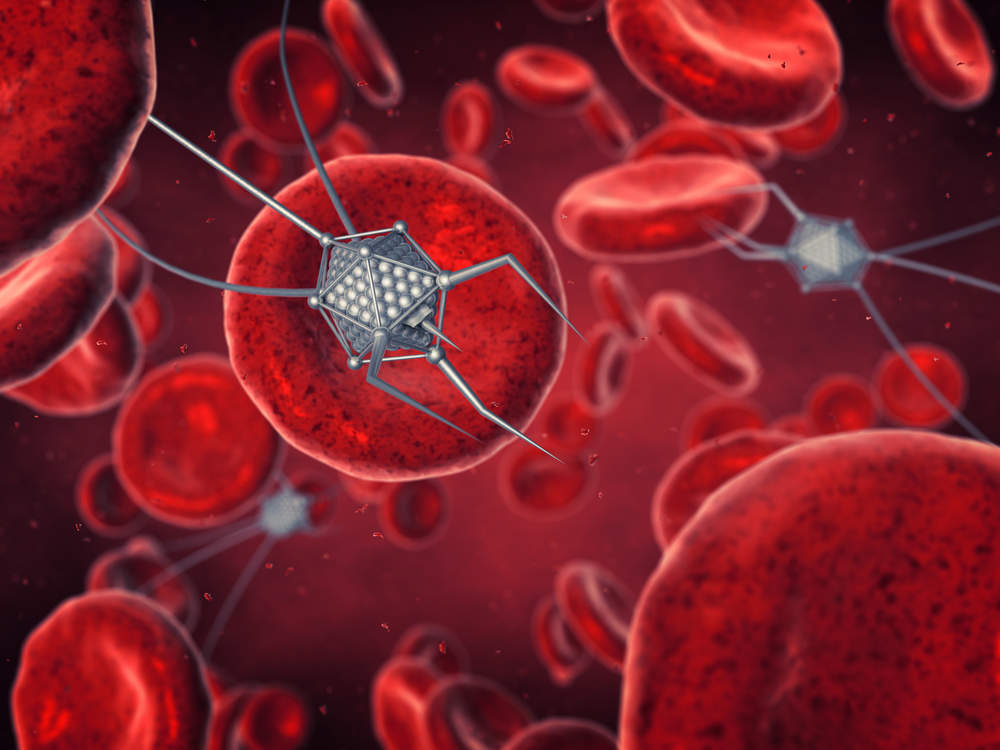Shooting cancer cells with lasers or programming particles to explode within deep-lying tumours may sound like the stuff of science fiction but using nanotechnology to fight cancer is already a reality.
The developments could mean new treatments become available for patients with cancer that’s resistant to traditional therapies.
Physicist professor Dmitri Lapotko and biotechnology company Masimo have joined forces to pioneer a novel technology: “nanoparticle and laser pulse-induced mechanical intracellular impact”.
It’s a complicated name for a relatively straightforward concept: combining lasers and nanoparticles to destroy resistant tumours from the inside.
Once injected, aggressive tumour cells will eat gold nanoparticles, providing a perfect target for the laser to strike.
A laser pulse is fired and is converted to heat by free electrons named plasmons, which lie on the surface of the nanoparticles.
How well do you really know your competitors?
Access the most comprehensive Company Profiles on the market, powered by GlobalData. Save hours of research. Gain competitive edge.

Thank you!
Your download email will arrive shortly
Not ready to buy yet? Download a free sample
We are confident about the unique quality of our Company Profiles. However, we want you to make the most beneficial decision for your business, so we offer a free sample that you can download by submitting the below form
By GlobalDataThese plasmons become excited by the input of light energy, and convert it to heat.
This conversion creates a ‘nanobubble’ that explodes almost instantly, tearing apart the cancer cells but leaving healthy cells unharmed.
The accuracy of this technology is far greater than even conventional targeted therapies, resulting in reduced side-effects and toxicity – but it may not always be practical.
Greater precision, improved outcomes
Particularly deep tumours may be hard to reach with injections, and coupled with reduced laser penetration this limits effectiveness in these cases.
However, nanoparticles can be used in other ways to improve treatment at these hard-to-reach sites.
Magnetic resonance imaging (MRI) is generally used to obtain images of cancerous tumours, providing information about their size and location.
Now scientists are also harnessing the technology to improve the precision of treatments; magnetic nanoparticles combined with MRI scanners are being used to guide drugs to exactly where they’re needed.
The University of Sheffield and Virtuu Biologics have discovered that cancer-targeting viral therapy Seprehvir is much more effective at destroying tumours when magnetised nanoparticles are used to guide the drug to the tumour.
These nanoparticles can also be programmed to overheat and cause cellular destruction at the tumour site.
The process creates small magnetic currents within the nanoparticles, leading to a localised temperature increase.
Again, healthy tissues are spared any damage.
A nanotechnology future for cancer treatment?
Both of these technology areas are set to move into first-in-man clinical trials within the next few years.
There will certainly be numerous technological and physiological hurdles to overcome.
However, if all goes well the impact that these nanotechnologies could have on the refinement of cancer treatment is truly explosive.








Related Company Profiles
Masimo Corp